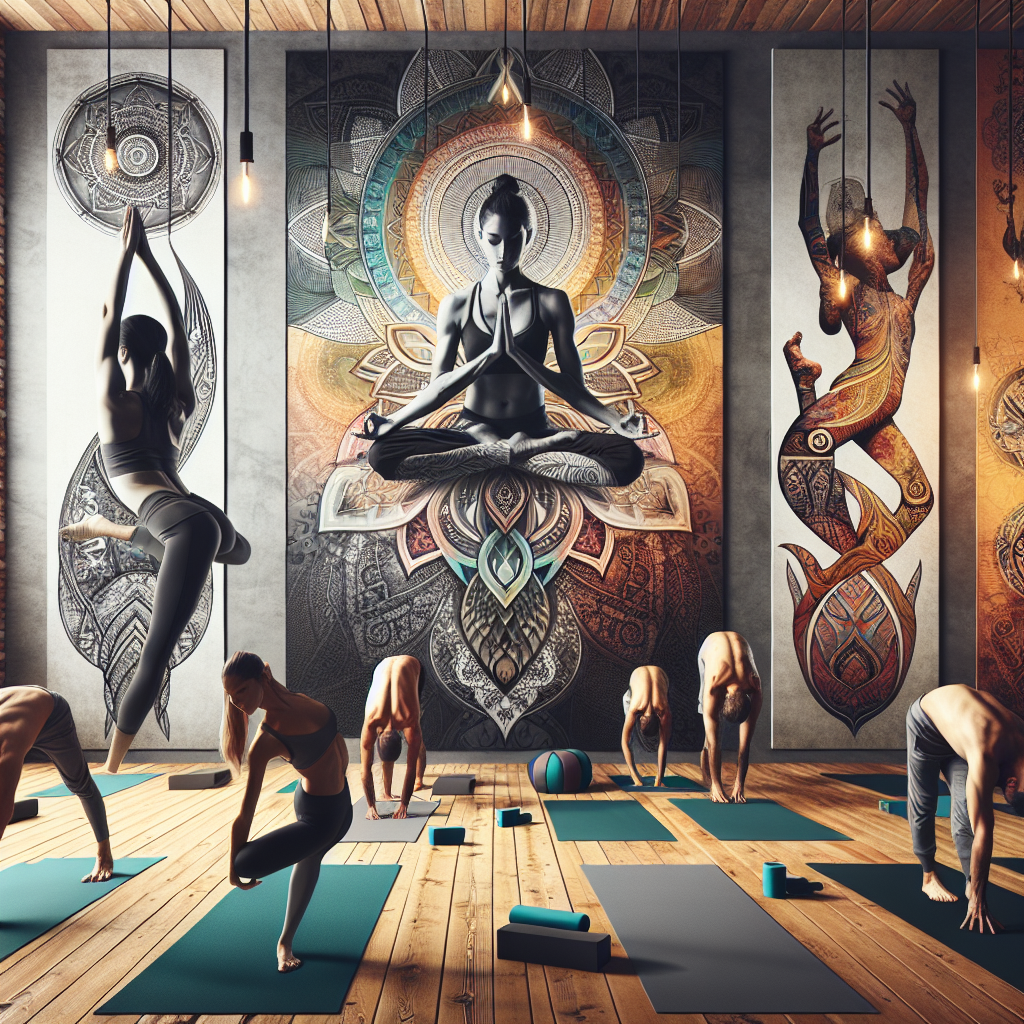Uncovering the Foundations of Ashtanga Yoga: A Comprehensive Guide for Yogis
- Dinesh Rajput
- Sep 9, 2024
- 2 min read
Welcome, fellow yogis, to an exploration of the ancient practice of Ashtanga Yoga. In this detailed guide, we will delve into the roots and principles of Ashtanga Yoga, providing you with a comprehensive understanding of this transformative practice.
The Origins of Ashtanga Yoga
Ashtanga Yoga, often referred to as the "eight-limbed yoga," traces its roots back to the sage Patanjali's Yoga Sutras. This classical form of yoga focuses on developing the eight limbs of yoga to achieve a harmonious and integrated state of being. Each limb plays a crucial role in guiding practitioners towards self-realization and inner peace.
The Eight Limbs of Ashtanga Yoga
Yama (Ethical standards)
Niyama (Self-discipline)
Asana (Physical postures)
Pranayama (Breath control)
Pratyahara (Withdrawal of the senses)
Dharana (Concentration)
Dhyana (Meditation)
Samadhi (Absorption)
The Primary Series: Yoga Chikitsa
One of the defining features of Ashtanga Yoga is the Primary Series, known as Yoga Chikitsa, which aims to detoxify and align the body. This series consists of a set sequence of dynamic asanas that focus on synchronizing breath with movement. Through consistent practice of the Primary Series, yogis develop strength, flexibility, and mental clarity.

The Role of Vinyasa
Vinyasa, the linking of breath with movement, is a fundamental aspect of Ashtanga Yoga. In each practice session, yogis flow through a series of poses, moving seamlessly from one asana to the next. The dynamic nature of vinyasa creates a moving meditation that challenges the body and focuses the mind.
Ashtanga Yoga: A Practice of Discipline and Devotion
Ashtanga Yoga is not merely a physical practice but a path of self-discovery and transformation. The rigorous nature of Ashtanga requires discipline, consistency, and dedication from practitioners. Through diligent practice, yogis cultivate a deep connection to their inner selves and experience profound growth on and off the mat.
The Mysore Style of Practice
Central to Ashtanga Yoga is the Mysore style of practice, where students move through the series at their own pace, memorizing the sequence and gradually advancing under the guidance of a teacher. This self-paced approach allows for a personalized practice tailored to individual abilities and needs.

Benefits of Ashtanga Yoga
The benefits of Ashtanga Yoga extend beyond the physical body to encompass mental, emotional, and spiritual well-being. By cultivating mindfulness, resilience, and inner peace, yogis experience a holistic transformation that reverberates throughout their lives.
Embarking on Your Ashtanga Journey
Whether you are a seasoned yogi or new to the practice, exploring Ashtanga Yoga offers a profound journey of self-discovery and growth. By embracing the foundational principles of Ashtanga, you open yourself to a transformative experience that nurtures body, mind, and spirit.

In conclusion, Ashtanga Yoga invites us to embark on a path of self-exploration, discipline, and devotion. As you delve deeper into the ancient teachings of Ashtanga, may you find balance, harmony, and inner bliss on your yoga journey.
Namaste.



Comments